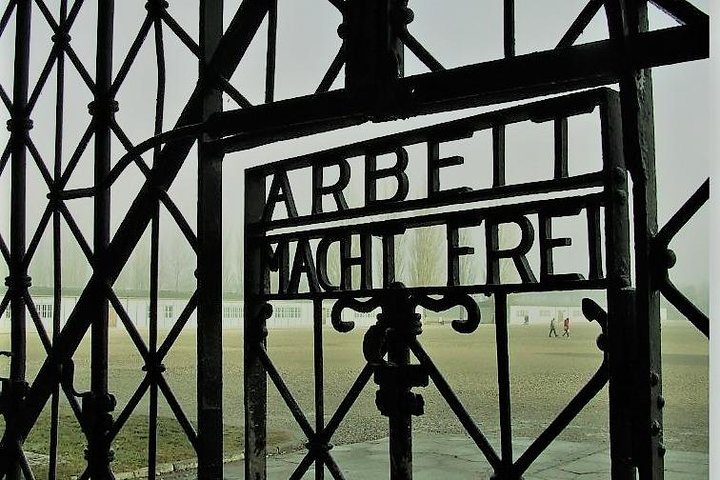Exploring Bavaria’s Fairytale Castles: A Day with King Ludwig II’s Legacy
Drawn by the allure of Bavaria’s legendary castles, I embarked on a journey to explore the world of King Ludwig II. Join me as I delve into the history and grandeur of Neuschwanstein and Linderhof, two architectural marvels nestled in the Bavarian mountains.
A Journey Through Bavaria’s Royal Legacy
The allure of Bavaria’s castles has long captivated my imagination, and the opportunity to explore the legendary Neuschwanstein and Linderhof Castles was irresistible. My wife and I embarked on this journey with a sense of anticipation, eager to delve into the world of King Ludwig II, whose architectural dreams have left an indelible mark on the Bavarian landscape.
Our day began in Munich, where we joined a lively group led by the charismatic Elizabeth and our skilled driver, Robert. The early morning air was crisp, and as we boarded the bus, I couldn’t help but feel a sense of camaraderie with my fellow travelers. Elizabeth’s enthusiasm was infectious, and her knowledge of Bavarian history set the stage for the adventure ahead.
As we departed Munich, Elizabeth regaled us with tales of the Bavarian kings, weaving a rich tapestry of history that brought the landscape to life. Her insights into the region’s past were both enlightening and engaging, and I found myself drawn into the stories of King Ludwig II’s eccentricities and passions.
The Enchantment of Linderhof
Our first stop was Linderhof Castle, a jewel nestled in the Bavarian mountains. Built in the 19th century as a hunting lodge, Linderhof is the smallest of King Ludwig II’s castles, yet it exudes a charm that is uniquely its own. The French Rococo style of the palace is a testament to Ludwig’s fascination with opulence and grandeur.
Though the grotto was under restoration, the palace interior was nothing short of breathtaking. The intricate details and lavish decorations spoke volumes of Ludwig’s artistic vision. As we toured the rooms, Elizabeth’s commentary added depth to our understanding of the king’s life and his love for Wagnerian music.
Our time at Linderhof was brief, yet it left a lasting impression. The beauty of the castle and its surroundings was a reminder of the king’s desire to create a world of fantasy and escape. As we departed, I felt a sense of gratitude for the opportunity to witness such a remarkable piece of history.
Neuschwanstein: A Fairytale Realized
The journey continued to Oberammergau, a charming town known for its Passion Play. We had a short time to explore, and the quaint streets and traditional Bavarian architecture provided a delightful interlude before our next destination.
Arriving at Hohenschwangau, the sight of Neuschwanstein Castle perched atop the hill was a moment of awe. This iconic structure, often likened to a fairytale castle, is a testament to Ludwig’s imagination and ambition. Following Elizabeth’s advice, we took a shuttle bus to the Marienbrücke, a bridge offering stunning views of the castle and the surrounding landscape.
The tour of Neuschwanstein was a whirlwind, yet it was filled with wonder. The castle’s interior, with its intricate woodwork and vibrant murals, was a reflection of Ludwig’s dreamlike vision. Though the tour was brief, it was a fitting conclusion to our exploration of the king’s legacy.
As we made our way back to Munich, I reflected on the day’s experiences. The castles of Bavaria are more than mere structures; they are a window into the soul of a king who dared to dream. This journey was a celebration of history, art, and the enduring allure of a bygone era. I left with a renewed appreciation for the stories that shape our world and a desire to continue exploring the hidden corners of Europe.















































